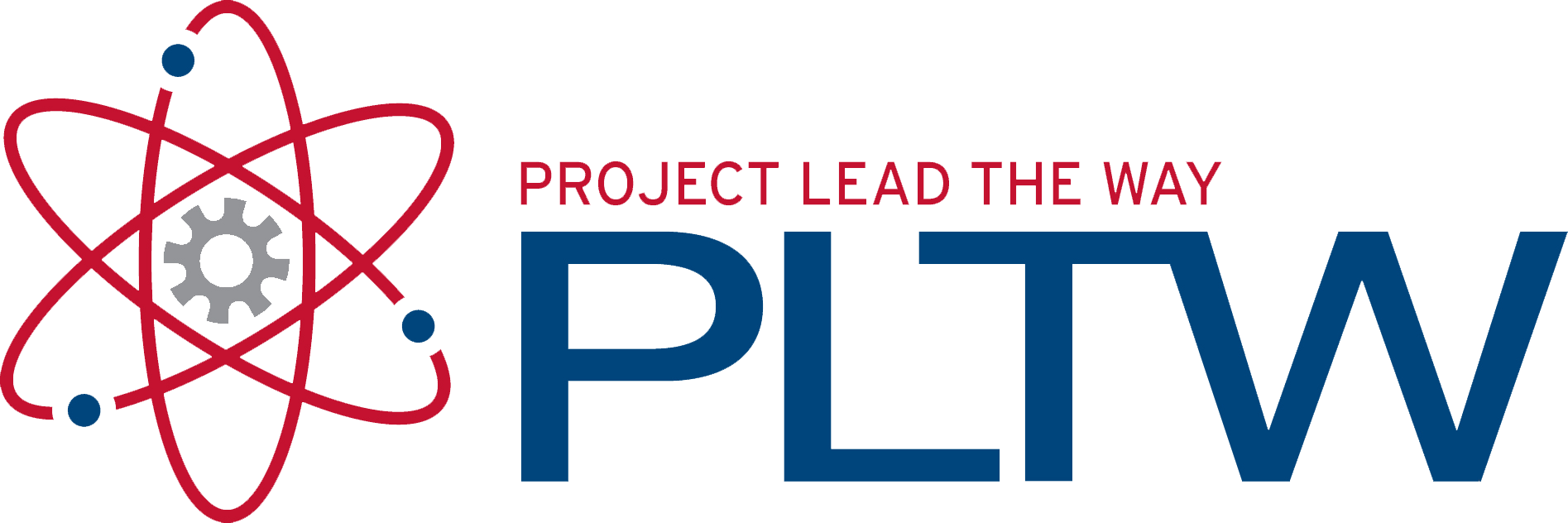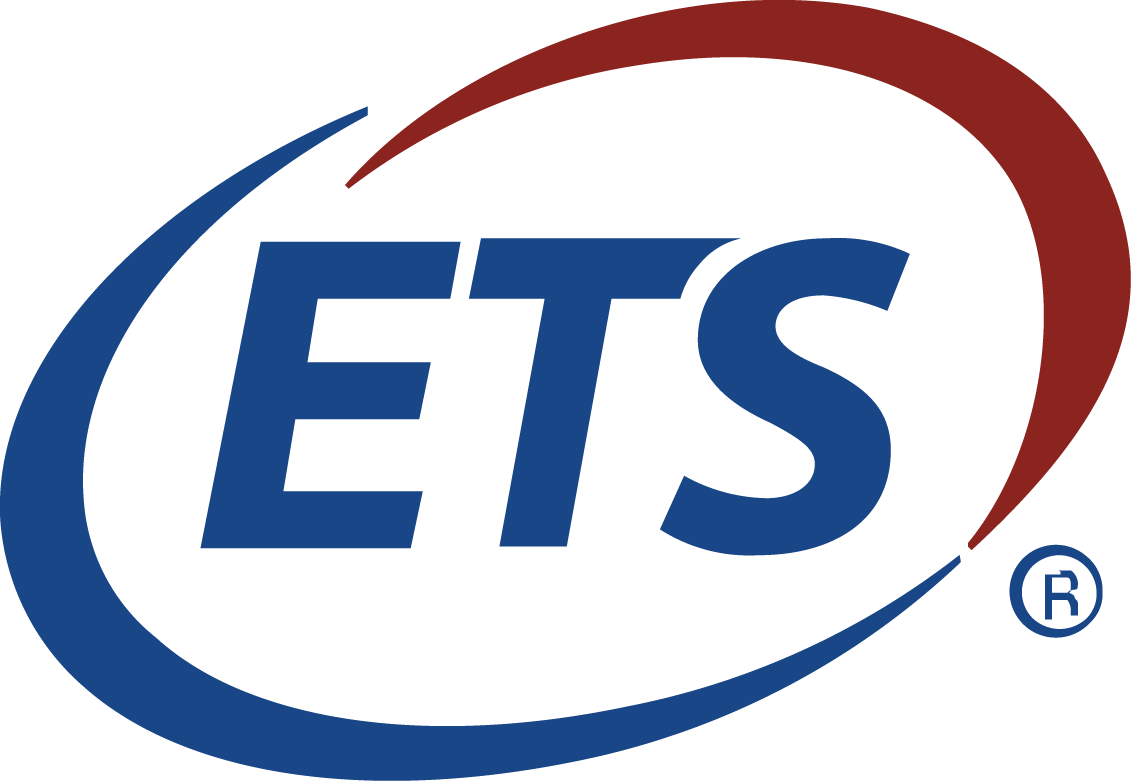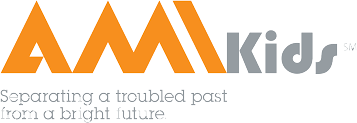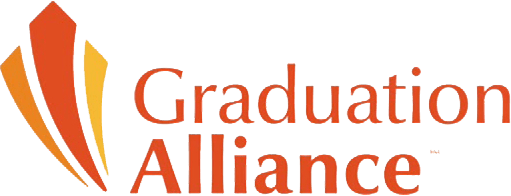By Emily Garner Sumner, CEO, Spyre Marketing
As a marketing professional, I tuned in to the Super Bowl earlier this month because of the commercials, not the touchdowns. (OK, and maybe to catch a few glimpses of T-Swift, too, because, let’s be honest, she’s redefining brand loyalty in real time.) Since my earliest days in the marketing and advertising world these million dollar ads have been the gold standard for creativity and compelling messaging. And while they’re still fun to watch, and talk about the next day, they no longer serve as a guiding light for me. Why? Because in business-to-education (B2E) marketing the real name of the game is targeted marketing and messaging, not mass marketing.
What Is Targeted Messaging? (And Why a Catchy Slogan Won’t Cut It)
Targeted messaging and targeted marketing go hand-in-hand. With targeted marketing, specific audience segments are identified and then delivered custom content that aligns with their preferences, interests, behavior, and demographics. For targeted marketing to be effective, targeted messaging is a must. Targeted messaging articulates the value of your solution through the lens of each audience’s needs, priorities, and goals. If you’re selling edtech software to a principal, their needs and concerns will be vastly different from those of a classroom teacher or district IT director. That’s why generic “student success” messaging doesn’t cut it.
The Payoff: Why Targeted Messaging Isn’t Just Extra Work
Admittedly, creating targeted messaging and rolling out targeted marketing campaigns to multiple audiences is a heavier lift than sending the same email to everyone on your list or running the same ad on LinkedIn. Targeted marketing requires that you create unique messaging for multiple audiences that connects with what they’re thinking about, what they’re worrying about, what they’re trying to achieve, and what drives their decisions.
When you see an ad or watch a video that seems to speak directly to you, you’re much more likely to take action. When I get an email that talks about how challenging it is for women business owners to find work-life balance you betcha I’m going to open it and immediately download the worksheet that provides me with 10 things I can do today to run my business more efficiently and have more time with my family. That’s targeted messaging. That email addressed a real and relevant challenge I face and offered a compelling solution. Because of that, targeted messaging:
- Increases Leads: As in the example above, when your messaging shows that you understand someone’s challenges (or hopes and dreams) and reflects their reality, the more likely they are to engage with your content and be interested in what you offer.
- Shortens the Sales Cycle: When your messaging clearly addresses how your products or services align with a potential buyer’s specific needs and concerns and answers their questions without them having to ask them, prospects will need to spend less time researching and evaluating. And that means they’ll be ready to click “Buy” or reach out to your sales team for a quote faster.
- Reduces Customer Acquisition Costs: The average customer acquisition cost for B2B companies is $536. Personalization and targeted messaging can reduce acquisition costs by as much as 50 percent by providing highly relevant information, resources and solutions when and where educators are searching for them.
Steps to Get Started with Targeted Messaging
Educators don’t have time to connect the dots between your product and their problems. Your messaging has to do it for them. Shifting from a one-message-fits-all to a targeted approach can feel overwhelming, but there are really just three key steps to tackle.
Identify Your Target Audiences (Hint: “Educators” Isn’t Specific Enough)
Before you create targeted messaging, you first need to identify who your target audiences are. If you’re an established business, you’ll have lots of historic sales data to analyze to identify the characteristics of your top customers that can inform your audience targeting strategy. Look for patterns in your customer data to pinpoint demographics (ex. states, metro status (rural, urban, suburban), Title I funds, English language learner percent, job role, etc.), purchase history, and products that generate the most sales.
If you’re newer to the education market and don’t yet have robust sales and marketing data to analyze, you can use public data sources to develop initial audience segments to test. (And even if you do have years of sales data at your fingertips, you can glean valuable information to further refine your segmentation strategy from these sources.)
National Center for Education Statistics (NCES) offers a treasure trove of data on the U.S. education market. Here are a few NCES tools to start with:
- The Digest State Dashboard shows the number of students, teachers, and schools, both public and private, in each state, which can help with market sizing.
- The National Assessment of Educational Progress (NAEP), also known as the Nation’s Report Card, provides an overview of student achievement in math, reading, science, and writing. Using the State Data Tool you can identify states that may be re-evaluating their curriculum or in search of supplemental resources to boost their reading or math scores.
- Using the American Community Survey — Education Tabulation (ACS-ED) tool, you can identify specific districts based on demographics ranging from poverty levels and housing costs to race and age.
- If you know districts that have demographics that match your ideal customer profile, you can use the Public School District Finance Peer Search to find other districts with similar demographics.
While there are many variables that can be used to identify your target audience, below is a list of demographics that are often used in the K–12 education market:
- Title I funding
- Free and reduced lunch percent
- State and district initiatives (ex. Science of Reading initiatives, new legislation regarding media or digital literacy, investments in AI, new standards for teaching and assessing durable skills, a move toward competency-based education, etc.)
- State and district funding
- English language learner percent
- Job roles/role in decision making
There is a lot to consider when identifying your target audience. Advisors like
Strategos
can provide deep insights into policy, funding, and market trends and help you develop a roadmap to capitalize on your best market opportunities through audience targeting.
Learn more about Strategos Market Intelligence and Strategy services.
Craft Your Buyer Personas
Once you’ve identified your target audiences, it’s time to craft buyer personas. A buyer persona is a profile that represents your ideal customer. Because marketers are a creative crowd, many buyer personas are given names (ex. Lydia the School Librarian and Paul the Elementary School Principal). When you picture your audience as real people with real problems, your messaging naturally becomes more relevant and engaging. Buyer personas include educators' goals, needs, expectations, behaviors, and motivations. These written customer profiles help your marketing team and agency create relevant and engaging content for your prospects.
A typical B2E buyer persona includes:
- Job responsibilities
- Role in decision making and purchasing
- Buying motivations
- Buying concerns
- Information sources (ex. LinkedIn, Education Week, associations, etc.)
- Relevant value propositions and product features/functionality
- Common questions about your product
- Possible objections to your product
Buyer persona templates are useful tools to help guide the questions to ask and details to include in your buyer personas. Feel free to use the K–12 education buyer persona template Spyre Marketing created for our clients.
Depending on your product and service suite, you may have as few as two buyer personas or as many as 10 or more. One thing to consider when creating your personas is the resources your organization has to support targeted messaging. Resources include internal staff bandwidth, budget for advertising channels, and budget for external marketing support. While you may have a dozen potential target audiences, if your resources will only support messaging to three audiences, think critically about which audiences have the potential to generate the most leads and sales.
When considering an audience’s potential, be sure to consider how competitive it is to reach that audience. While a superintendent or a district-level curriculum director may be the ultimate decision-maker for your product, these job roles are incredibly time-consuming and competitive to reach. Depending on your budget, you may instead want to focus your marketing outreach and messaging on educators behind the scenes helping to shape decisions such as principals, special education directors and coordinators, and reading and math coaches.
Create a Targeted Marketing Calendar
One of my favorite sayings is “If you fail to plan, plan to fail." So, to make sure your target messaging generates strong results, take the time to create a marketing calendar. At Spyre, we generally work in three-months sprints with our clients. These sprints are guided by a foundational marketing plan for the year that outlines the primary product focuses, content topic pillars, and advertising channels and budget.
A marketing calendar helps marketing teams:
- Stay consistent with your marketing across channels
- Have the necessary lead time to execute on campaigns
- Identify gaps in outreach to specific audience segments as well as gaps in content
A comprehensive marketing calendar includes the following:
- Campaign dates/publishing schedule and key deadlines
- Target audience, based on your buyer personas
- Channels (ex. email, organic social media, paid social media, publications, events, etc.)
- Targeted messaging and CTAs, including the content to be shared, that is specific to the buyer persona
- Lead team member for each campaign
- Campaign goals
Beyond First Impressions
Educators don’t buy on impulse. Research and evaluation can be a long process. Because of that, lead nurturing is a critical component of target messaging to move top-of-funnel leads to the middle and bottom of the funnel. Just like your top-of-funnel marketing outreach, lead nurturing should include target messaging, too. With lead nurturing, target messaging may still be based on audience persona, but you can also consider elements like:
- The type of content the lead interacted with
- The lead’s engagement level (ex. how many content pieces they’ve downloaded, how many webinars they’ve registered for, their frequency of website visits, the pages they’ve visited on your website, etc.)
- Their role in purchasing and decision making
By tailoring follow-ups based on these insights, you’ll guide them through the funnel faster and more effectively.
Ready to Make Your Messaging Work Smarter?
For K–12 education businesses, targeted messaging isn't just a “nice-to-have” marketing tactic—it's a strategic imperative. In a competitive landscape, reaching the right decision-makers with the right message at the right time is crucial for growth and success. While it takes more time and more investment to use target messaging, the payoffs are worth the extra effort. By embracing the power of targeted messaging, businesses can build stronger relationships with schools and districts, demonstrate their value more effectively, and shorten the sales cycle.
For assistance identifying your target audiences and market opportunities, crafting your targeted messaging plan, and executing targeted messaging campaigns,
Strategos and
Spyre Marketing are an unbeatable team. Together, we can help your business maximize the impact of your target messaging.
Reach out with questions or to explore partnering with Strategos and Spyre Marketing.













